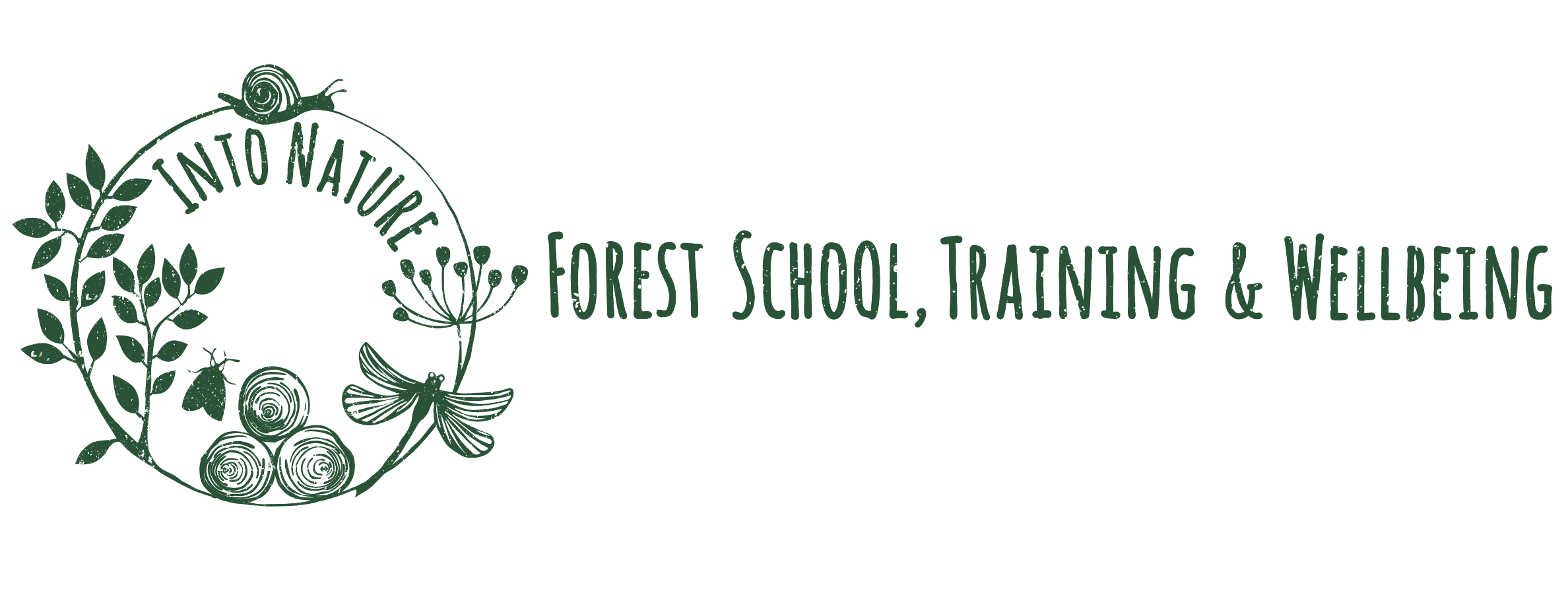
Following on from yesterday’s blog post where we suggested starting a nature journal, I thought it would be great to extend our nature observations, practicing watching nature more closely.
In the book The Children’s Forest the authors talk about becoming aware of ‘the invisible presence’ of animals living in the Forest. As Spring unfolds so does the likelihood of seeing some of these mystery animals as we and they become more active; others are shyer or nocturnal remaining a mystery…!
Still, walking in our favourite woods or looking out of the window at dusk we still consider ourselves lucky to have a sighting of roe moving fast across the valley away from us or the glimpse of a red bushy tail disappearing over the garden wall. They see us long before we them with their heightened senses!

In his bushcraft blog : ‘Tracking is Many Things’ Sean Fagan describes how tracking is more than …”super clear print of the foot, preferably a thread of foot prints leading to the actual animal they are tracking. This level of tracking is rare, and highly skillful… But tracking is a tremendously enriching, calming and immersive way of engaging with nature…”
I love that. Over all, it is about the stillness and the watching that brings us so much more than we set out to find. We can begin tracking by learning to be still, watching and observing in our gardens, tucked away urban spaces, woodland walks.
Here are 3 activities that help us achieve that stillness and heighten our sensory awareness that you may like to try.
STILL HUNTING from Jospeh Cornell Sharing Nature With Children
Practiced by Native Americans for centuries.
- Find yourself an undisturbed place in nature you know well or are drawn to or alternatively let your sitting-place choose you
- Wait patiently and quietly for nature to return to normal around you; your arrival will have caused disturbance! Sit quietly not even moving your head for a while
- Feel that you are becoming part of your surroundings. Mentally mirror and follow the industrious bumble, the busy ants, dancing leaves
- The longer you sit the more likely it is that nature will become curious and approach you. Perhaps where you are it is noticeable how nature just carries on around you
- Stay as long as you comfortably can
- Notice how you have felt during your time still hunting. Which plants/animals have you seen and what have they exemplified?
NIGHT HIKE
So many animals are active in the evening it’s exciting. As dusk gives way to darkness try to a walk in the dark to listen for animal sounds. Plan your route so it takes you away from busy roads, traffic and people if you can. If you are able to get to the woods or the edge of the woods take a torch and scan for ‘eye shine’. If you want to see them without them having seen you, put a piece of red cellophane over your torch, this will minimise the disturbance to most nocturnal animal’s night vision.
Before you go listen into these common nocturnal animal sounds:
https://www.rspb.org.uk/fun-and-learning/for-families/big-wild-sleepout/night-time-noises/
SINK AND FADE taken from The Children’s Forest (for the little ones)
- Choose a seeker. Everyone else is a hider!
2.The seeker leads and everyone follows silently.
3.When the leader alls ‘SINK AND FADE’ the hiders disappear. Aiming to be invisible to the seeker, they can find trees, shrubs, shadows to hide in and behind
4. The seeker walks the path a little further than stops and turns around retracing their tracks, calling out anyone they can see. If they still can’t be found then the seeker asks them to reveal themselves. Leap out of your hiding places hiders!
YOU MAY ALSO LIKE TO TRY FINDING SOME SIMPLE TRACKING SIGNS
When you are out on your daily walk it’s fun to look out for signs, all of them clues to who may have been there before you. If you are like me and have a favourite walk, revisit this walk and build up a picture using the signs. Draw a map in your nature journal of where you see them. It will help to find muddy tracks and runs if you are looking for footprints.
Things to look and listen for:
feathers/fur droppings/scats/poo burrows/sets/holes runs/tracks footprints
Check out these free animal tracking guides from the Woodland Trust and print off. Even better draw your own in your nature journal.
https://www.rspb.org.uk/fun-and-learning/for-families/big-wild-sleepout/night-time-noises/
BEFORE YOU GO
- wrap up warm; there have been some cold northerly winds this last week
- wear non-rustling clothing
- move slowly pausing to look around
- the countryside code https://assets.publishing.service.gov.uk/government/uploads/system/uploads/attachment_data/file/701188/countryside-code.pdf
- do not collect anything other than discarded remains, photographic images and notes
- do nothing to put wildlife under human pressure
- above info taken from Tracks and Signs of the Birds of Great Britain and Europe: Brown, Ferguson, Lawrence and Lees
